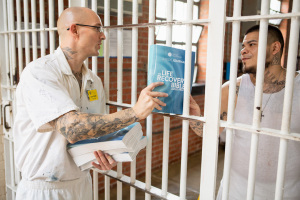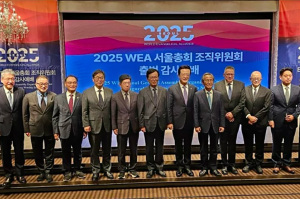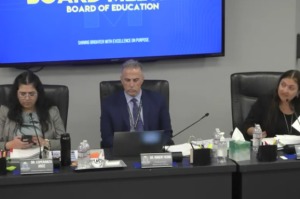Was Harry Reid Just Bluffing on Filibuster Reform?
Advocates of reforming the U.S. Senate's filibuster rules were disappointed Thursday as Senate Majority Leader Harry Reid opted for a set of much smaller reforms that he negotiated with Minority Leader Mitch McConnell. Reid hinted, in conversations with Washington Post columnist Ezra Klein, that he was just bluffing on the filibuster reform proposals to get McConnell to go along with the more modest agenda.
There has been growing frustration with gridlock in the Senate. Democrats have complained about Republicans filibustering every step in the process of a bill in order to slow action in the Senate. Republicans have complained that Democrats have not allowed them to vote on their own amendments to legislation in floor votes.
The compromise agreement will limit opportunities to filibuster a bill in some cases but also allow Republicans to vote on two amendments in those cases. There are no changes to the filibuster rules on votes for final passage of a bill. The compromise passed on two separate votes Thursday, 78 to 16 and 86 to 9.
Sens. Tom Udall (D-N.M.) and Jeff Merkley (D-Ore.) wanted to vote on a rule change that would require "talking filibusters" in which senators would have to continuously speak on the senate floor to filibuster a bill. This was how filibusters were conducted before 1975.
In 1975, senators changed the rule for cloture votes, or a vote to stop a filibuster and end debate on a bill, from 2/3 of the entire body to 3/5 of those present. This change in "Rule 22" meant that those filibustering a bill no longer had to speak continuously to filibuster, they simply had to place a "hold," sometimes anonymously, on a bill.
Udall and Merkley's rule change could have been implemented with only 51 votes because each new Congress determines its own rules with a simple majority vote. Republicans labeled this move the "nuclear option" and argued it would set a dangerous precedent.
Klein speculated, based upon a conversation that he had with Reid, that Reid never really wanted to go back to the talking filibuster, but was using the threat of going back to the talking filibuster as a way to get McConnell to go along with the more modest reforms that he wanted.
"Whenever you change the rules here," Reid told Klein, "you have to show the other side you can change them with 51 votes."
It may be that Reid was concerned that his party may find itself in the minority again soon and would then want to use the filibuster to obstruct Republicans.
The filibuster, made famous in the film "Mr. Smith Goes to Washington," came about by accident and is not part of the original design of the Senate.
In 1806, Vice President Aaron Burr was presiding over the Senate and did away with the "motion on the previous question," or the vote to end debate and begin voting on a bill. The Senate was a small body, only 34 senators, at the time, so each senator should be given as much time as they wanted to speak on a bill before voting on it, Burr reasoned.
It would be 35 years later, 1841, before a senator realized they could use the privilege of unlimited debate to prevent a vote and kill a bill. The filibustering of legislation became progressively worse until 1917. In that year, senators wanted to end the gridlock caused by filibustering, so they passed Rule 22.
Since Rule 22 required a supermajority, rather than a simple majority, to end debate on a bill, the rule essentially made the Senate into a supermajoritarian institution, even though the Founders designed it to be a majoritarian institution.




























